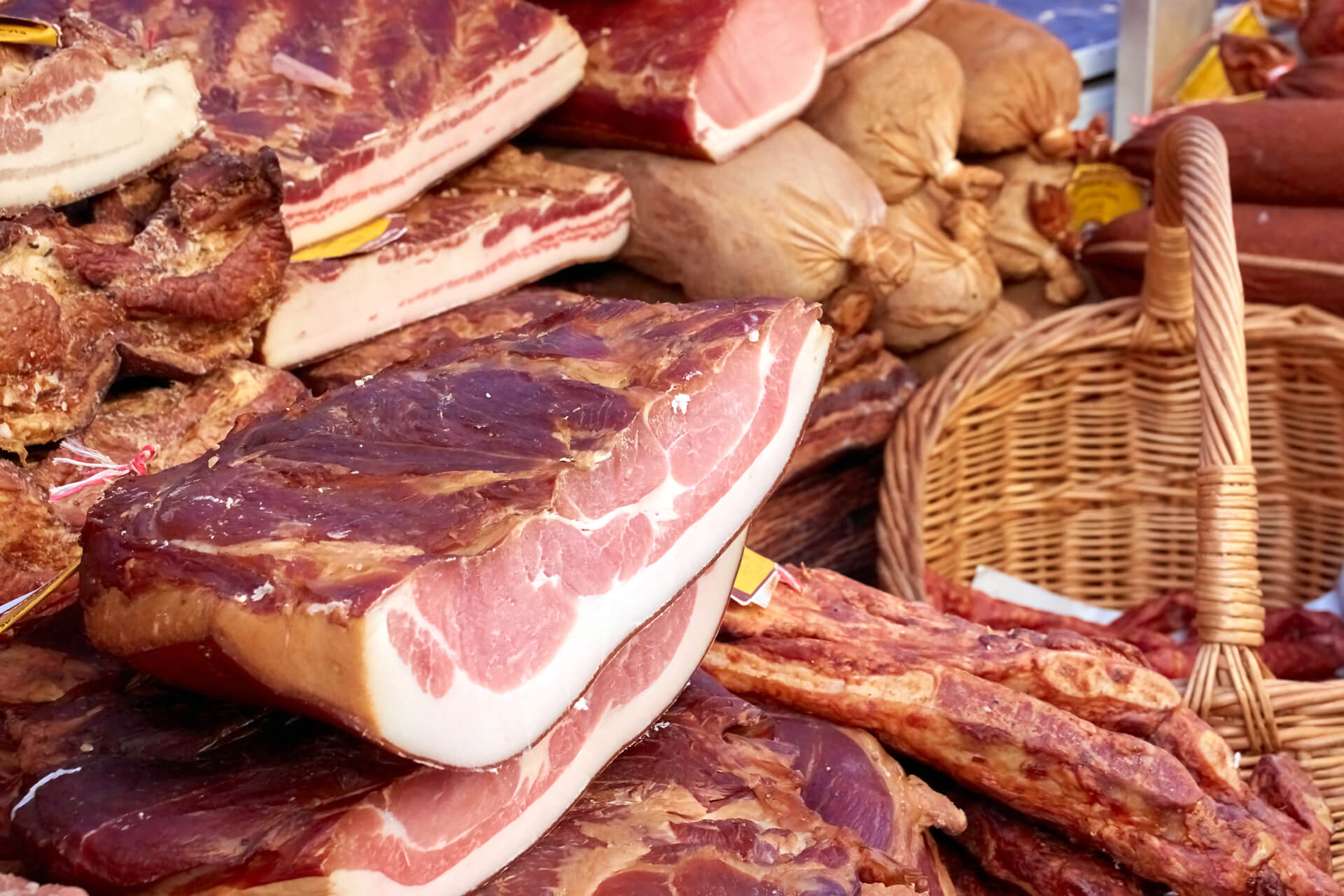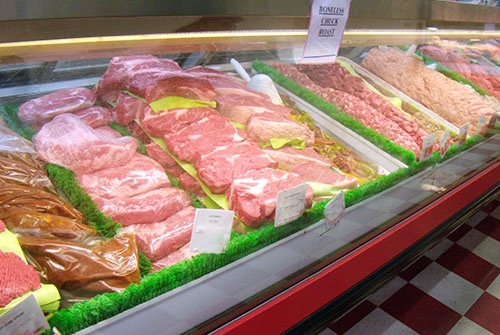Reveal the Art of the Butcher's Cut in a Modern Meat Market
In the ever-evolving landscape of modern meat markets, the butcher's cut has actually transcended its conventional origins, merging old-time craftsmanship with modern methods. What truly establishes the modern butcher apart is their capability to create a much deeper connection in between consumers and the origins of their meat.
Evolution of Butchery Techniques

The mid-20th century saw butchery techniques better improved by clinical insights right into muscle mass biology and meat aging, boosting both tenderness and taste. Developments like vacuum product packaging and refrigeration prolonged item shelf-life, enabling butchers to diversify offerings and boost quality assurance. This duration likewise noted the surge of specific devices, such as band saws and meat slicers, which enhanced accuracy and performance in meat processing.
Electronic systems currently help in tracking pet provenance and maximizing cuts to satisfy particular client preferences. In addition, a renewal in artisanal butchery has actually emerged, mixing traditional skills with modern-day knowledge to cater to customers seeking honest and lasting meat options.

Comprehending Meat Cuts

Comprehending the details of meat cuts is necessary for both butchers and consumers looking for top quality and value. For butchers, precise cuts reflect ability and respect for the craft, making certain marginal waste and ideal yield.
The key categories of meat cuts consist of primitive, sub-primal, and retail cuts. Butchers then damage these down even more right into sub-primal cuts, prior to finally generating retail cuts readily available to customers, like ribeye or tenderloin.
Comprehending muscle mass make-up is important; muscular tissues utilized extra often by the animal often tend to be harder and are best matched for slow cooking methods, while less-used muscular tissues, like those found in the loin, are a lot more tender and suitable for cooking or roasting. Knowledge with these distinctions encourages customers to make educated selections, boosting their culinary ventures.
Picking Quality Meat
Picking the ideal meat includes more than simply selecting a visually enticing item from the display screen. The art of picking high quality meat requires a critical eye and expertise of particular qualities that represent freshness and excellence. Pay focus to the color; beef should have a bright, cherry-red tone, while lamb needs to display a soft pink tone, and pork a pale pink. This shows the meat is fresh and hasn't been subjected to oxygen for also long.
Secondly, consider the marbling, which describes the white flecks of fat within the muscle mass. Appropriate marbling is an essential indicator of inflammation and taste, as it thaws during cooking, more tips here enhancing the meat's juiciness. Keep in mind, higher marbling frequently correlates with exceptional high quality cuts, such as USDA Prime.
Structure is an additional important variable; meat ought to feel solid to the touch, not slimy or overly soft. In addition, be mindful of the scent. Fresh meat must have a clean, neutral scent, devoid of any sour or repulsive smells.
Pairing Cuts With Food Preparation Methods
Efficiently pairing cuts of meat with the suitable cooking techniques is necessary for attaining optimum taste and texture. These methods enhance the meat's natural flavors and ensure a juicy finish.
On the other hand, tougher cuts like brisket and chuck roast are rich in collagen, which breaks down into jelly when prepared gradually. These cuts are excellent for braising or slow-moving roasting, permitting the meat to soften gradually and establish deep, complicated flavors. Likewise, cuts such as short ribs and pork shoulder prosper with slow-cooking methods, where expanded cooking times change their robust structures into delicious recipes.
Lamb shanks and oxtail, which need prolonged food preparation to soften, are ideal candidates for cooking or sluggish simmering. These methods coax out rich, passionate flavors while maintaining dampness. By comprehending the distinct characteristics of each cut, cooks and home cooks alike can elevate their cooking developments, guaranteeing each dish is both pleasing and unforgettable.
The Butcher's Role Today
Browsing the evolving landscape you could try here of the contemporary meat market, the butcher's role today prolongs past mere prep work of cuts. Contemporary butchers are cooking artisans, teachers, and supporters for sustainable methods.
In enhancement to crafting accurate cuts, butchers currently involve directly with clients, supplying cooking guidance and customizing options to suit private demands and preferences. Their expertise in meat aging, marbling, and flavor accounts encourages consumers to make informed decisions, boosting their cooking experiences. This personalized service exhibits the butcher's advancing role as a trusted consultant in the cooking area.
In addition, butchers are crucial in decreasing waste, making use of entire animals to create diverse items such as sausages and stocks - bagley farms meat market edwardsville il. This detailed method not just respects the animal however likewise straightens with modern sustainability goals. By doing this, the modern-day butcher embodies both practice and technology, adjusting to an ever-changing imp source market while maintaining the artistry and integrity of their craft

Verdict
Proficiency in recognizing diverse meat cuts and top quality indicators equips butchers to give informed suggestions, straightening particular cuts with ideal food preparation methods. By honoring historic practices while embracing modern needs, the butcher's role remains crucial in today's innovative meat market.
Comments on “Bagley Farms Meat Market Edwardsville IL: Your Trusted Resource for High-Quality Meats”